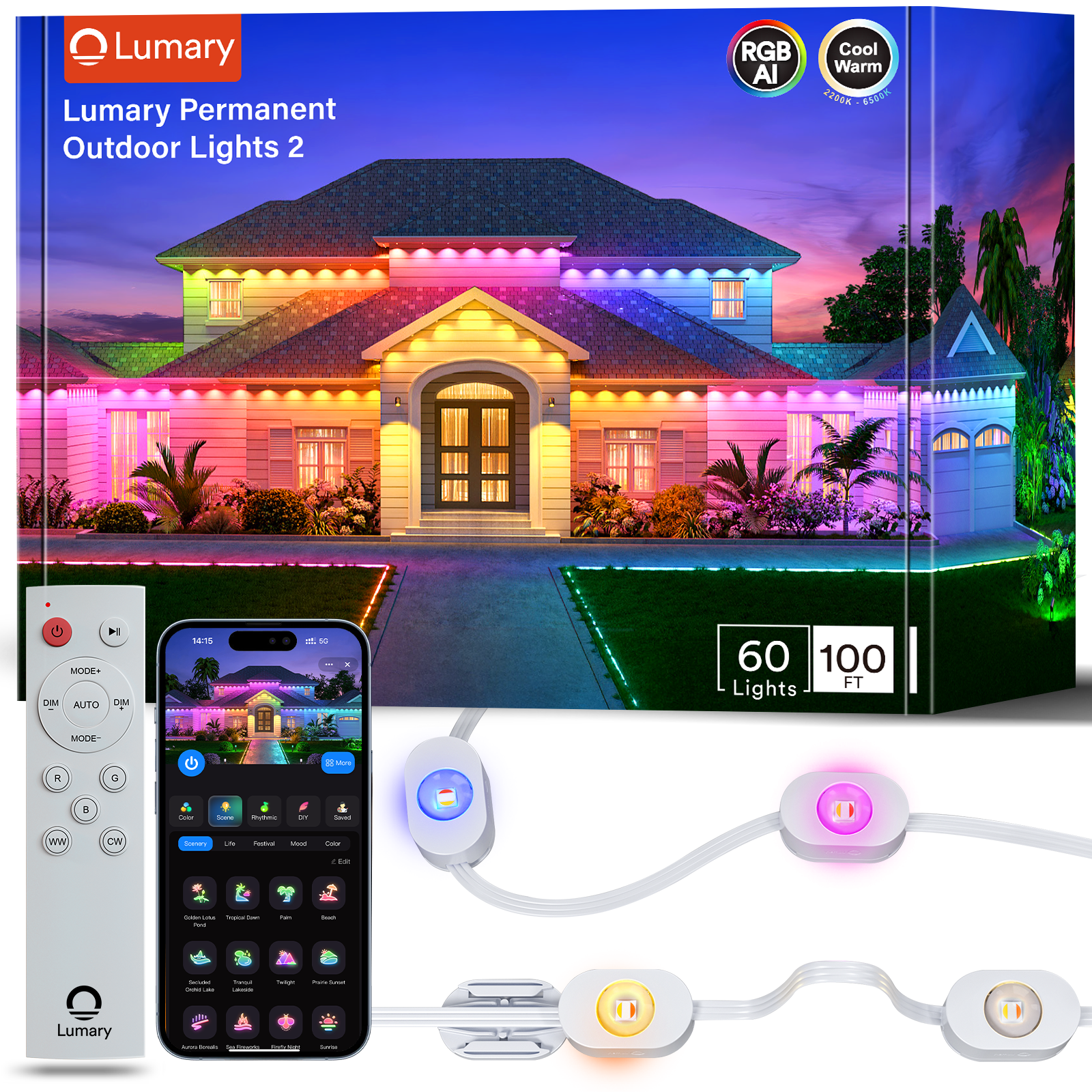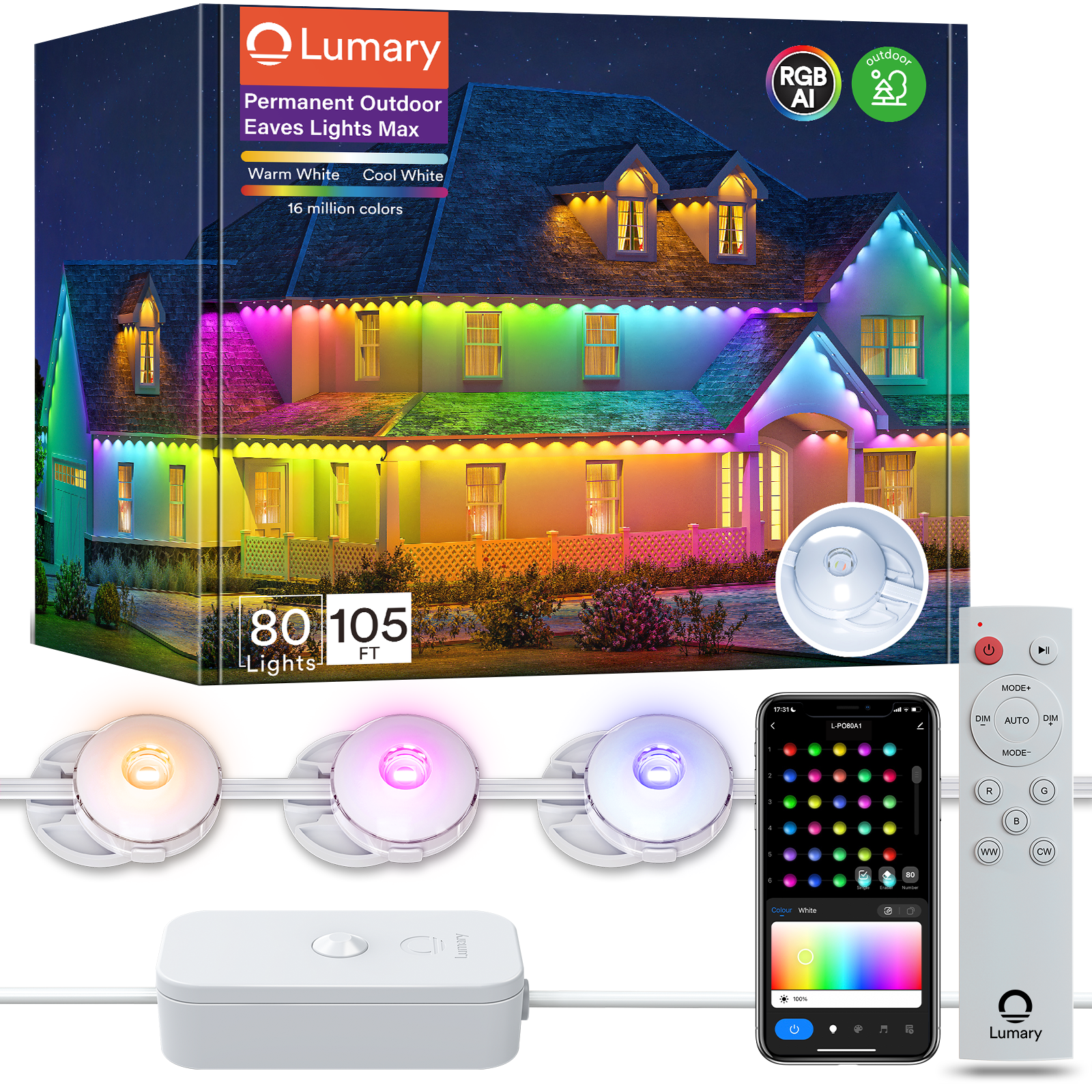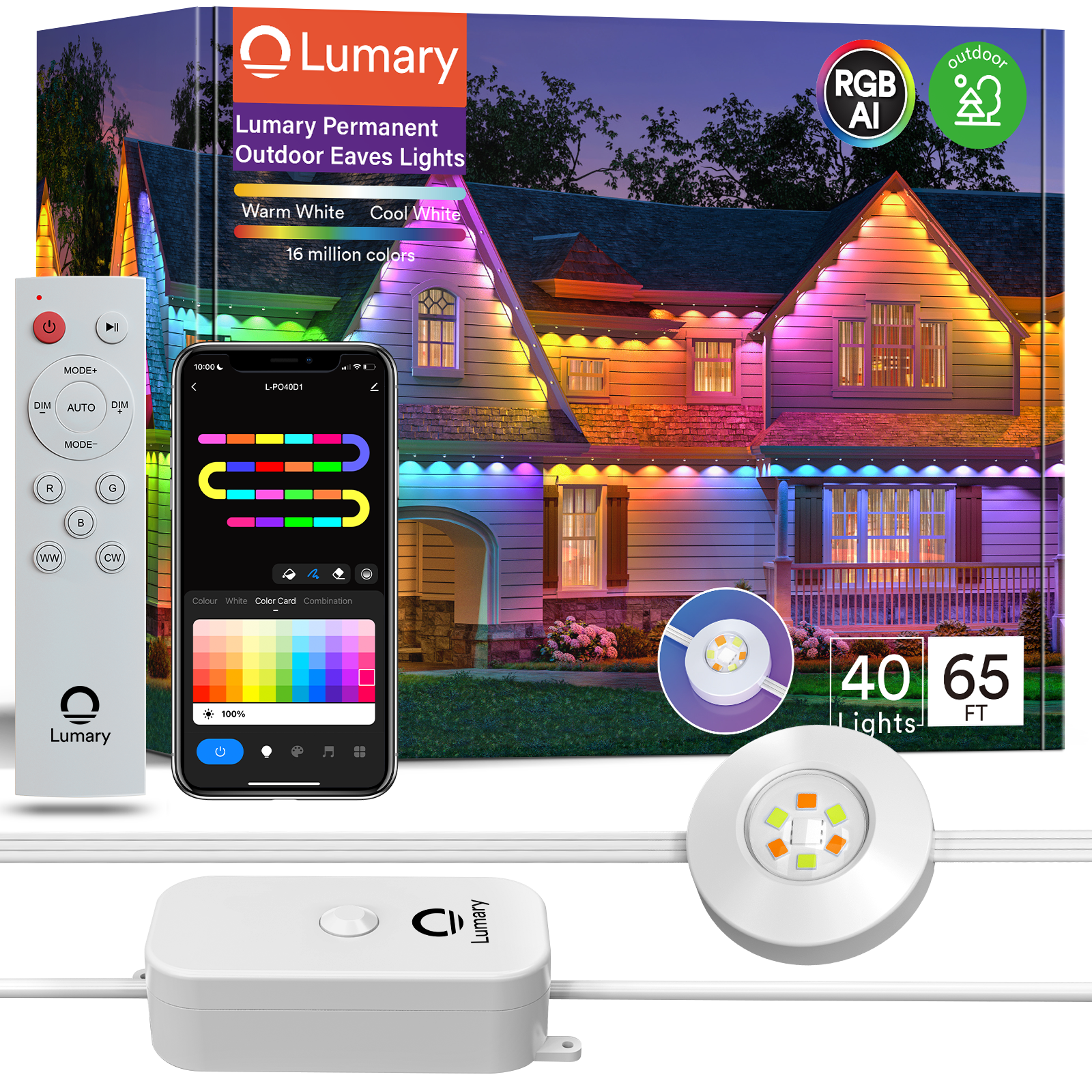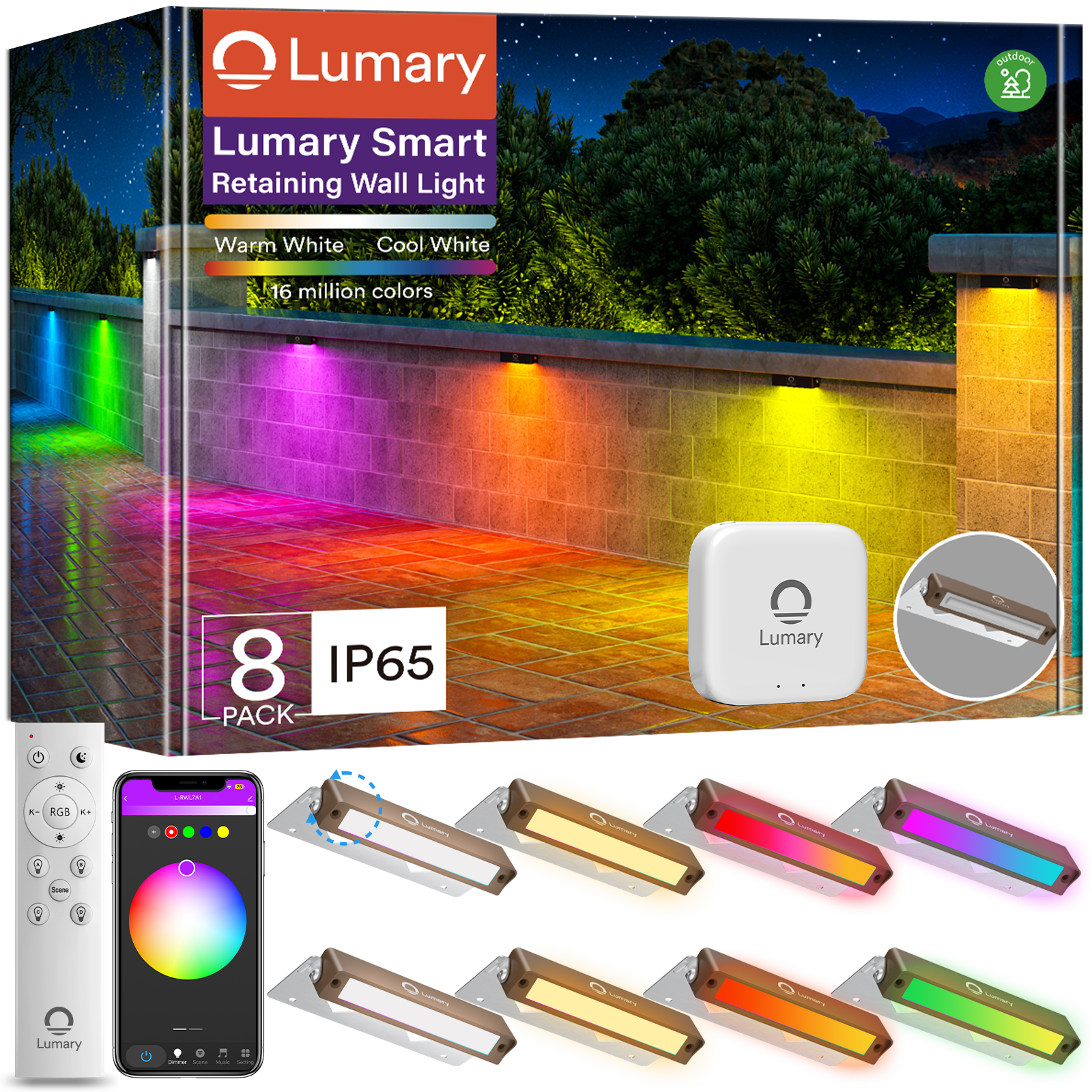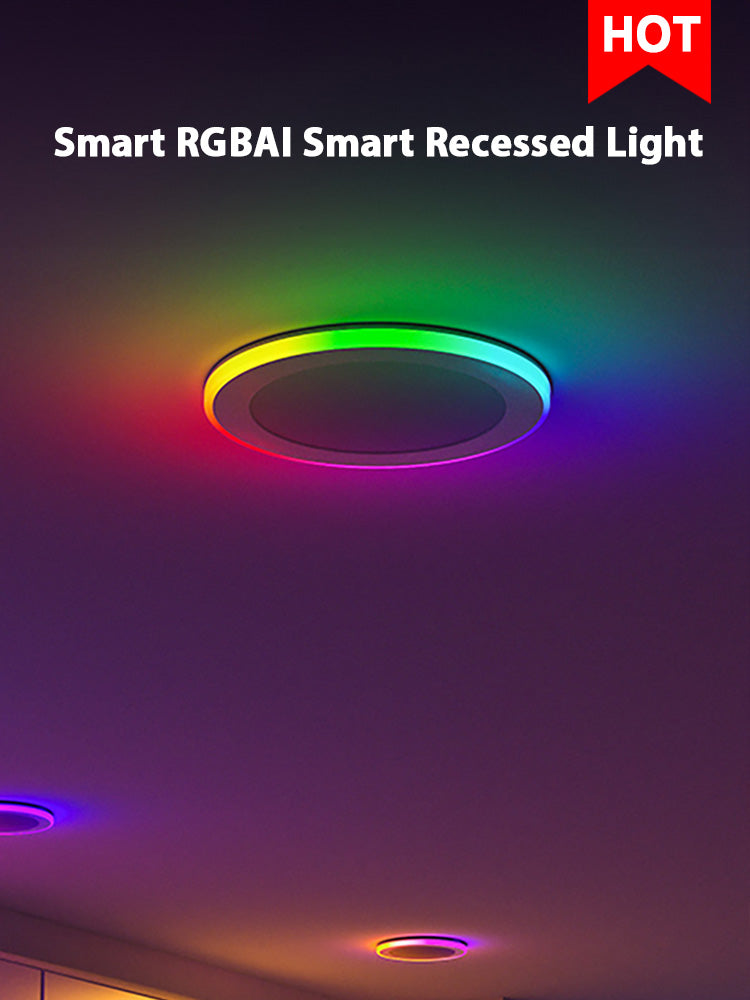LED and lights have revolutionized modern lighting solutions. These innovative devices produce light up to 90% more efficiently than traditional incandescent bulbs. Understanding LED and lights technology is crucial for making informed decisions about energy consumption and cost savings. The global market for LED and lights is projected to grow significantly, reaching almost $100 billion by 2030. This growth highlights the increasing importance of adopting LED and lights for both residential and commercial applications.

Understanding LED Technology
Basic Principles of LED Lights
What is an LED?
An LED and lights device stands for Light Emitting Diode. This semiconductor emits light when an electric current passes through it. Unlike traditional bulbs, LED and lights do not rely on heating a filament to produce light. Instead, LED and lights use electroluminescence, making them highly efficient.
How LEDs Produce Light
LED and lights produce light by passing an electric current through a semiconductor material. The semiconductor contains impurities that allow electrons to flow. When electrons move through the material, they release energy in the form of photons, which we see as light. This process makes LED and lights more efficient than incandescent bulbs.
Components of an LED Light
Semiconductor Material
The core of LED and lights technology lies in the semiconductor material. This material, often silicon, has been doped with impurities to enhance its conductivity. The semiconductor's ability to emit light when energized forms the basis of LED and lights.
Electrical Contacts
Electrical contacts in LED and lights provide the necessary pathways for current to flow through the semiconductor. These contacts ensure that the electric current reaches the semiconductor efficiently, enabling consistent light production.
Heat Sink
A heat sink in LED and lights helps manage the heat generated during operation. Although LED and lights produce less heat than traditional bulbs, effective heat dissipation remains crucial for maintaining performance and longevity.
Types of LED Lights
Standard LEDs
Standard LED and lights serve everyday lighting needs. These LEDs offer energy-efficient solutions for residential and commercial spaces. Standard LED and lights come in various shapes and sizes, making them versatile for different applications.
High-Power LEDs
High-power LED and lights deliver intense illumination for specialized uses. These LEDs find applications in industrial settings, automotive lighting, and outdoor areas. High-power LED and lights provide robust and reliable lighting solutions.
Organic LEDs (OLEDs)
Organic LED and lights represent a newer technology that uses organic compounds to emit light. OLEDs offer flexibility and can be used in displays and lighting panels. Organic LED and lights provide vibrant colors and thin, lightweight designs.
Advantages of LED Lights
Energy Efficiency
Lower Energy Consumption
LED and lights offer remarkable energy efficiency. These lights use up to 75% less electricity compared to traditional incandescent bulbs. This efficiency translates into significant energy savings for both residential and commercial applications. LED and lights convert most of the electrical energy into light, minimizing waste.
Comparison with Traditional Lighting
LED and lights outperform traditional lighting in several ways. Incandescent bulbs typically last around 1,000-2,000 hours. In contrast, LED and lights can last up to 50,000 hours. High-quality LED and lights consume at least 75% less energy than incandescent lamps. This longevity and efficiency make LED and lights a superior choice for sustainable lighting solutions.
Longevity and Durability
Lifespan of LED Lights
LED and lights have an impressive lifespan. These lights can last up to 50,000 hours, far exceeding the lifespan of traditional bulbs. This extended lifespan reduces the need for frequent replacements, saving time and resources.
Resistance to Shock and Vibration
LED and lights exhibit high resistance to shock and vibration. The solid-state construction of these lights makes them durable and reliable. Unlike traditional bulbs, LED and lights do not have fragile filaments that can break easily. This durability ensures consistent performance even in demanding environments.
Environmental Benefits
Reduced Carbon Footprint
LED and lights contribute to a reduced carbon footprint. These lights use significantly less energy, which lowers greenhouse gas emissions from power plants. By adopting LED and lights, individuals and businesses can play a part in mitigating climate change.
No Harmful Chemicals
LED and lights do not contain harmful chemicals like mercury, which is present in some traditional lighting options. This absence of toxic substances makes LED and lights safer for both users and the environment. Proper disposal of LED and lights poses fewer risks compared to other lighting technologies.
Versatility and Design Flexibility
Wide Range of Applications
LED lights offer unparalleled versatility across various applications. Residential settings benefit from LED lighting in living rooms, kitchens, and outdoor spaces. Commercial environments utilize LED lighting for offices, retail stores, and hospitality venues. Industrial sectors employ LED lights in warehouses, factories, and parking lots. Public infrastructure, including streetlights and traffic signals, also relies on LED technology.
-
Residential Use: Living rooms, kitchens, gardens
-
Commercial Use: Offices, retail stores, hotels
-
Industrial Use: Warehouses, factories, parking lots
-
Public Infrastructure: Streetlights, traffic signals
LED lights provide reliable illumination in diverse environments. The adaptability of LED technology ensures optimal lighting solutions for every need.
Customizable Lighting Solutions
LED lights offer extensive customization options. Users can select from a wide range of color temperatures, from warm white to cool daylight. Adjustable brightness levels allow for tailored lighting experiences. Smart LED systems enable remote control via smartphones or voice commands.
-
Color Temperature Options: Warm white, cool daylight
-
Brightness Levels: Adjustable for specific needs
-
Smart Systems: Remote control via smartphones, voice commands
Architects and designers appreciate the flexibility of LED lights. Customizable features enhance aesthetic appeal and functionality. LED technology supports innovative lighting designs, making it a preferred choice for modern projects.
Addressing Common Concerns
Initial Cost
Cost Comparison Over Time
LED lighting often comes with a higher initial cost compared to traditional lighting options. However, the long-term savings far outweigh the upfront investment. Traditional incandescent bulbs typically last around 1,000-2,000 hours. In contrast, LED lights can last up to 50,000 hours. This longevity reduces the frequency of replacements, leading to significant cost savings over time.
Return on Investment
The return on investment (ROI) for LED lighting is substantial. Lower energy consumption directly translates into reduced electricity bills. LED lights use up to 75% less energy than incandescent bulbs. Businesses and homeowners can recover the initial investment within a few years through energy savings alone. Additionally, the reduced maintenance costs further enhance the ROI, making LED lighting a financially sound choice.
Light Quality
Color Rendering Index (CRI)
The Color Rendering Index (CRI) measures how accurately a light source reveals the colors of objects. LED lights typically have a high CRI, often above 80. This high CRI ensures that colors appear more vibrant and true to life. High-quality LED lighting enhances visual clarity and creates a more pleasant environment.
Color Temperature Options
LED lighting offers a wide range of color temperature options. Users can choose from warm white to cool daylight, depending on the application. Warm white light creates a cozy atmosphere, ideal for residential settings. Cool daylight provides bright, crisp illumination, suitable for workspaces and industrial environments. The flexibility in color temperature allows for customized lighting solutions tailored to specific needs.
Health and Safety
Blue Light Emission
LED lights emit blue light, which has raised concerns about potential health effects. Prolonged exposure to blue light can disrupt sleep patterns and cause eye strain. However, advancements in LED technology have led to the development of low-blue-light options. These lights minimize blue light emission, reducing the risk of adverse health effects.
Flicker and Eye Strain
Flicker in lighting can cause discomfort and eye strain. LED lights are designed to minimize flicker, providing a more stable light source. High-quality LED lighting ensures consistent illumination, reducing the likelihood of headaches and eye fatigue. The solid-state construction of LED lights contributes to their reliability and performance, making them a safer choice for prolonged use.
LED lighting technology offers numerous benefits. Key points include energy efficiency, longevity, and environmental advantages. LED lights consume less electricity and last longer than traditional bulbs. The absence of harmful chemicals and reduced carbon footprint make LEDs environmentally friendly.
Case Study: A warehouse replaced fluorescent lights with LED high bays, resulting in an 84% increase in annual ROI and total lifetime savings of $373,614.
LED lights also provide versatile and customizable lighting solutions. High-quality light output and design flexibility enhance various applications.
Case Study: An office in Michigan retrofitted with LED tubes saw a 115% increase in annual ROI and net lifetime savings of $55,561.
Consider adopting LED lighting solutions for cost-effective, durable, and eco-friendly illumination.


